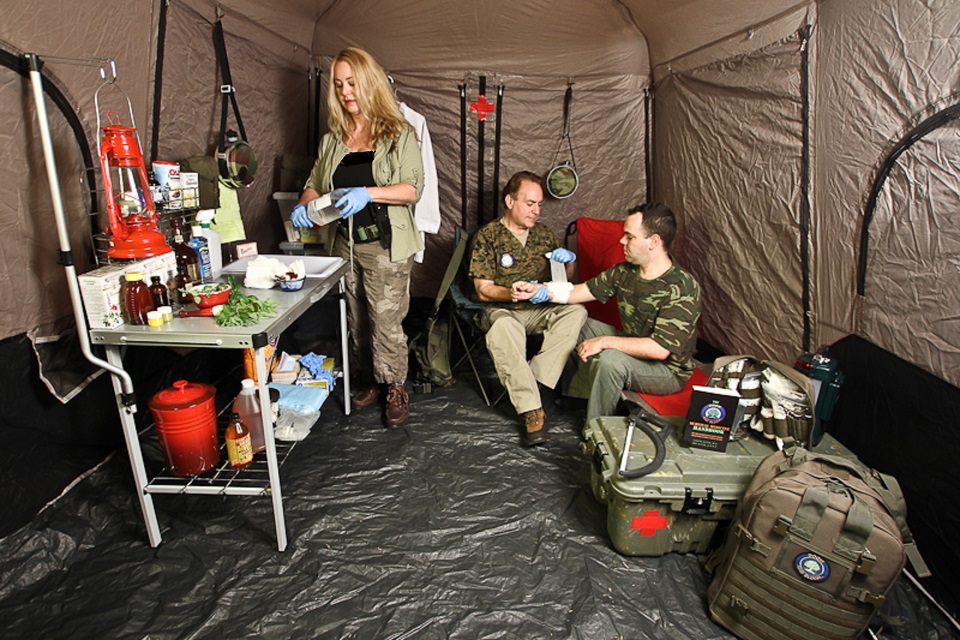Ian and Karl are presenting a long (almost 32 minutes) video about the importance of medical training if you are going to play with potentially dangerous things. It centers on Ian's injury when one of his rifles fired out-of-battery and a piece of shrapnel hit him in the chest. Karl went into detail about how he responded and the materials he had on hand to treat Ian's wound. They also go into pretty extensive detail about the hows and whys of being prepared.
I personally rate myself in the LOW intermediate range of preparedness. Something which I need to work on.
As I said, it's a bit long and they DO like to talk. But the subject is worth the time, especially for the lesser prepared of us.
Question: Who are often the actual first responders during an accident or injury?
I personally rate myself in the LOW intermediate range of preparedness. Something which I need to work on.
As I said, it's a bit long and they DO like to talk. But the subject is worth the time, especially for the lesser prepared of us.
Question: Who are often the actual first responders during an accident or injury?


